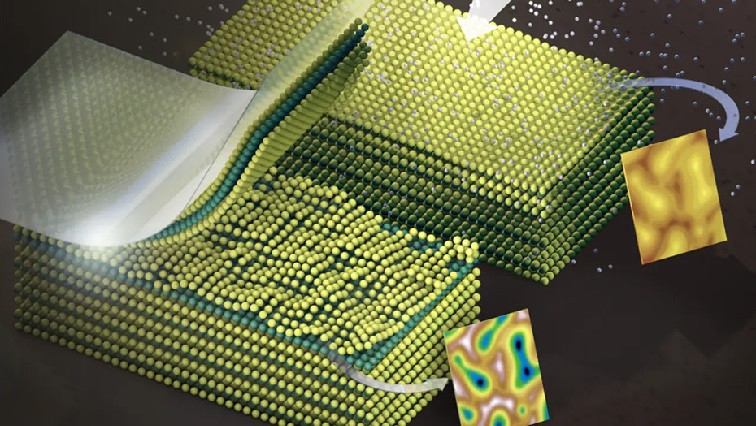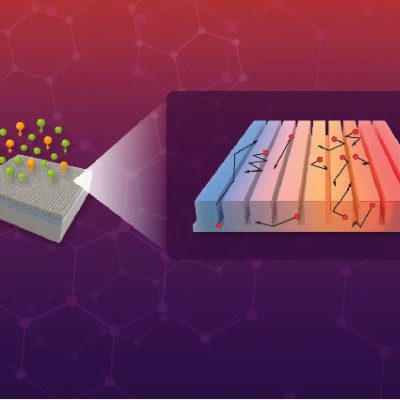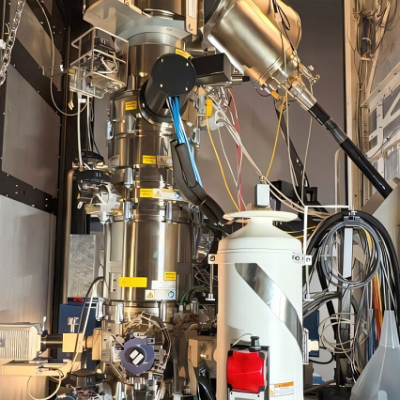Dr. Erika Giangrisostomi and her team at HZB carried such a systematic study at the LowDosePES end-station of the BESSY II light source. They utilised X-ray photoelectron spectroscopy technique to map the core-level electron energies across extensive surface areas of MoS2 samples. Using this method, they were able to monitor the changes in the surface electronic properties after in-situ ultra-high-vacuum cleaving, annealing and exposure to atomic and molecular hydrogen.
The results from this study point to two main findings. Firstly, the study unambiguously reveals sizeable variations and instabilities in electron energies for the freshly cleaved surfaces, demonstrating how easy it is to come to diverse and irreproducible outcomes. Secondly, the study shows that room temperature atomic hydrogen treatment is remarkably effective in neutralising the surface electronic inhomogeneity and instability. This is rationalised by the ability of hydrogen atoms to either accept or give away an electron, and calls for further characterisations of the functional properties of the hydrogenated material. “We hypothesise that atomic hydrogen helps rearranging sulphur vacancies and excess of sulphur atoms yielding a more ordered structure”. Erika Giangrisostomi says.
This study marks a fundamental step in the investigation of MoS2. Due to the extensive use of MoS2 in all kinds of applications, the findings of this research have the potential to reach a wide audience in the fields of electronics, photonics, sensors and catalysis.
Read the original article on Helmholtz-Zentrum Berlin (HZB).







